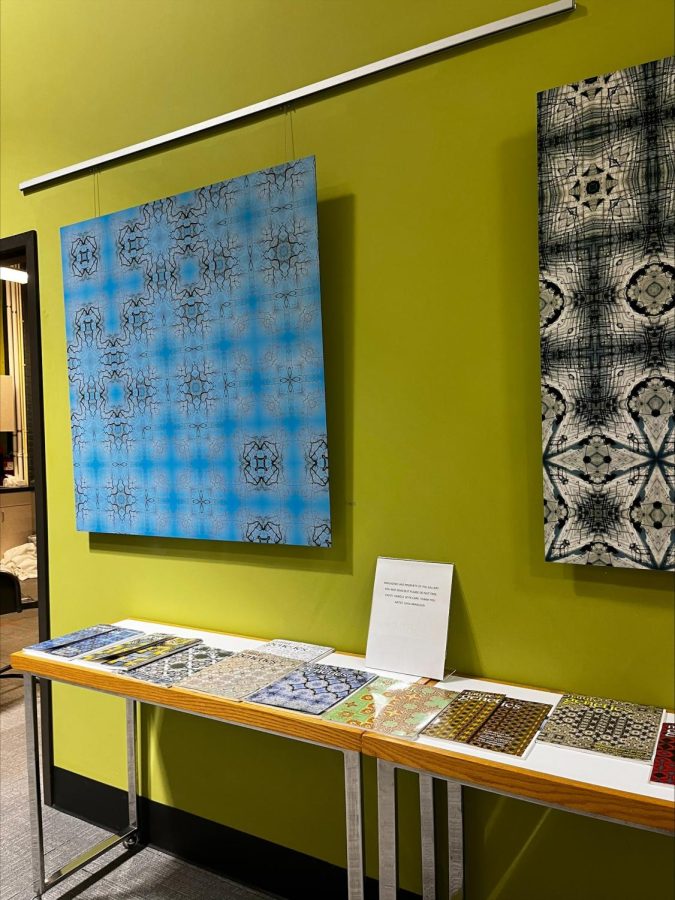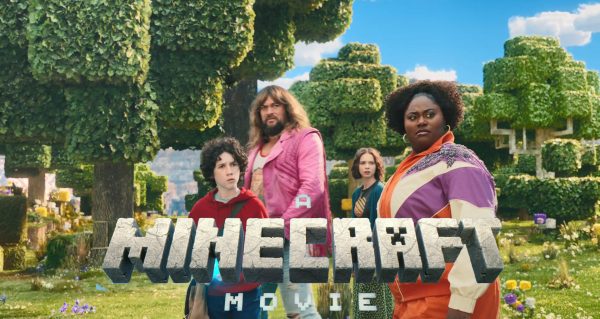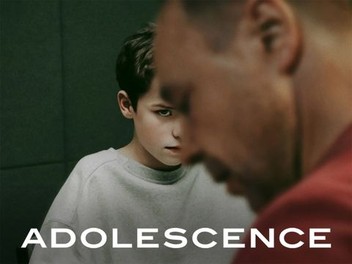University professor uses art series to spark “an investigation of chaotic progressions”
Photo courtesy of Charger Bulletin/Mia Adduci.
A setup of Arabolos’ art, West Haven, Feb. 9, 2023.
If you take a trip down Nicoll St. in New Haven, chances are you’ll be drawn to the complex which houses mActivity Gallery, where university professor John Arabolos’ most recent art project lines the walls.
Arabolos is a professor in the Department of Art and Design here at the university and a professional interior designer and artist in residence. His most recent exhibition is entitled “Chaotic Symmetries – the Fabric of Life Series,” in which he takes a deep dive into the patterns he has observed in the natural world.
In this series, Arabolos takes a heavy lens to the world around us, and uses it to highlight the intrinsic patterns that make up the things that compose the world in which we immerse ourselves in every day.
The visuals on display in the hole-in-the-wall gallery in New Haven are definitely interpretive and play into geometrics heavily. It’s as if you’re looking through a kaleidoscope or an upscaled version of an Etch-a-Sketch drawing.
It is an interpretive collection and the duality between the complexity of the geometrics and their placement in a pilates studio is certainly fascinating.
Arabolos uses this exhibition to study self-symmetry, which he describes as the theory that “[there are] compositional elements, that are readily identifiable as the same, yet varying in size and scale and existing randomly in placement within space and time.”
According to the descriptors present at the gallery, the collection hones in on “creating order out of randomness.” Arabolos takes the naturally occurring and manipulates it skillfully to create the images present in this collection.
The most alluring part of his exhibit was the line of magazine covers on a long table in the center of the space. These covers were all issues of “Nature Genetics” published from July 2006 to May 2014.
His full-scale cover images are eye-catching and draw readers in to inquire about what information is being presented behind such elaborate textuals. The “Nature Genetics” issues which feature Arabolos’ work include a wide array of niche subject matter on “schizophrenia and bipolar risk loci,” “predicting phenotype from sequence,” “mutational analysis of intestinal cancer,” “expression of Korean genomes,” “somatic mosaicism and aging” and “metabolic networks.”
The coloration of the images is entirely unaltered yet incredibly vivid, which is surely commendable even as a standalone component of this project. Deep, powerful reds, weighted oranges, multifarious shades of blue and vibrant yellows and greens filled the canvases on the walls, bringing intense levels to the complex textiles of the natural world. To magnetize and then supersize the interactivity of the rainbow as it exists beneath our eyes is incredibly powerful.
Arabolos says that this project “becomes a profound insight into how nature works and how we as beings of consciousness realize our environment.”
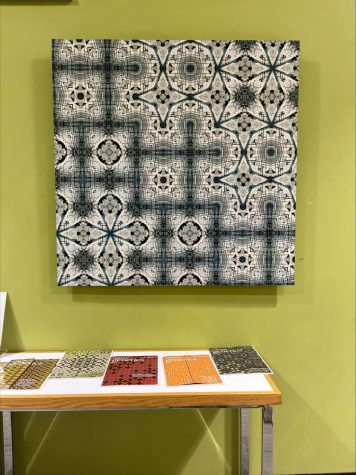
He also voiced a number of postulations surrounding perception and size in the natural world, saying “This is the crux of perception, art making and the experiencing process. What is size?… and in relationship to what? How do we determine scale, when through abstraction we do not have a frame of reference to base our perceptions and observations? What is size – but an individual’s physiological intuitive response to his/her [/their] own environment?”
To hone in on the intrinsic details of the natural world and to create something large-scale from a smaller one is something to be commended.
Perhaps the most moving sentiment about the pieces in this collection is that there is no importance held to the origin of the images– it doesn’t matter nearly as much where they came from but rather what power the patterns hold to spark thought from the viewers.
The applications of his investigation into the natural world’s patterns extend far beyond the walls of mActivity Gallery. In 2008, Arabolos applied for a patent for what is called a new “Disruptive Technology” to be used to create “systemic morphology pattern sequencing.” He gained patent approval in 2013.
To visit the exhibition, you can head over to 285 Nicoll St. from now until April 30. Hours of visitation are Monday through Friday from 6 a.m. to 9 p.m. and Saturday and Sunday from 8 a.m. to 7 p.m.
To view Arabolos portfolio, head over to Arabolosart.com.
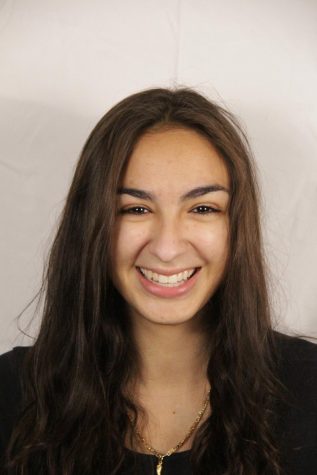
Mia Adduci is a senior studying communication concentrating in multi-platform journalism and media who began writing for the paper her first semester on...



